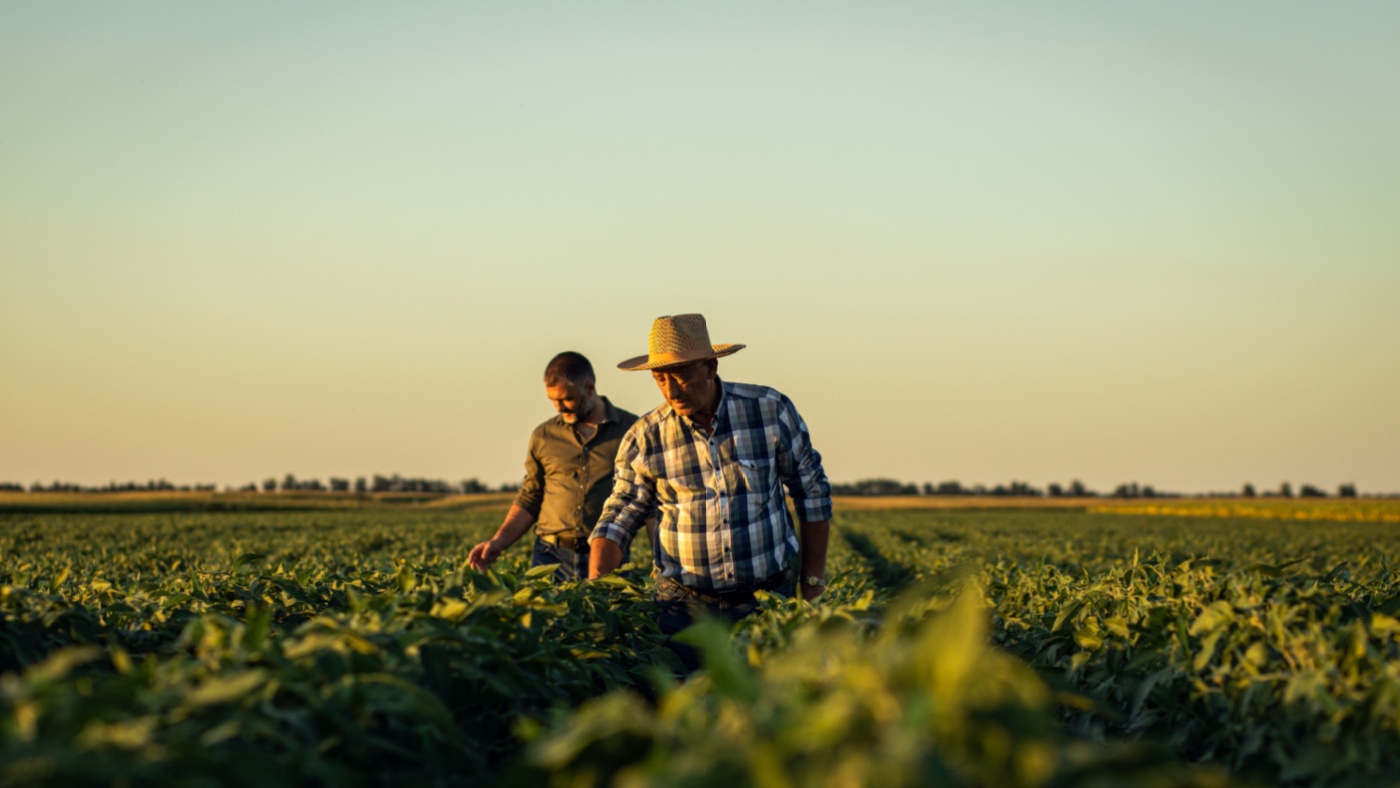Replanting. It’s not a pleasant thought, but crop scouting can help make sure that you’re only replanting areas that need it. Pioneer agronomist Carl Joern says it’s very rare for an entire field to have the same crop stand issues.
“Usually, as you’re looking across the field, you’re looking at patchy areas, very rare, is that the whole 80 needs to be replanted, and so that makes it challenging for growers to make that decision. Oftentimes, it’s emotional because you’ve already done the hard work of getting the crop established, but it’s variable, and so a good tool we have in our toolbox is the use of drone technology that gives us way higher sampling rate than what we have when you just pull somebody out of the truck and ask them to run, you know, five sample points across the field. But if you are in a situation where you need to evaluate replant, strongly advise you to take as many sample points as you can so that you understand where things support but then also, if you have good spots in the field, can we leave it.”
When it comes specifically to soybeans, Joern says it’s very rare that he would suggest a farmer tear up an existing stand of soybeans. Instead, they can thicken up the existing stand.
“We have that yield potential, and so let’s go ahead and keep it we can always thicken up a stand as long as we’ve got, you know, just a trifoliate or perhaps two out there. By going ahead and thickening up a stand with a second planting into the stand with soybeans, we can go ahead and reduce the weed pressure that we’d have with all that available. Sunlight that would be penetrating deeper into the candy that doesn’t exist yet. And so by by thickening up stands, strongly advised growers, if you’re sitting around 100,000 you probably have a sufficient stand where it’s not economical for you to make a replant. But if you’re floating somewhere south to 70,000 plants, it’s very likely that you ought to go ahead and make another planter pass there.”
Joern says it’s a similar story for corn. Much of the highest yield potential is in that initial stand. So it’s important to try to keep it.
“Take a really critical eye if you’re evaluating the decision to potentially replant, because let’s just take an example. If we were to pull the planter out of the shed here on, you know, the second week of June, the yield potential that we would have, this is based on research done University of Illinois 30 years ago. It would suggest you could only make up about 67% 68% of your yield potential from a full stand planted at a normal time of year. So if we’re equating that back to what you know, a planting that took place in the first week of May, I probably have to see a stand less than 24,000 for me to consider taking a second pass of the planter through the cornfield.”


